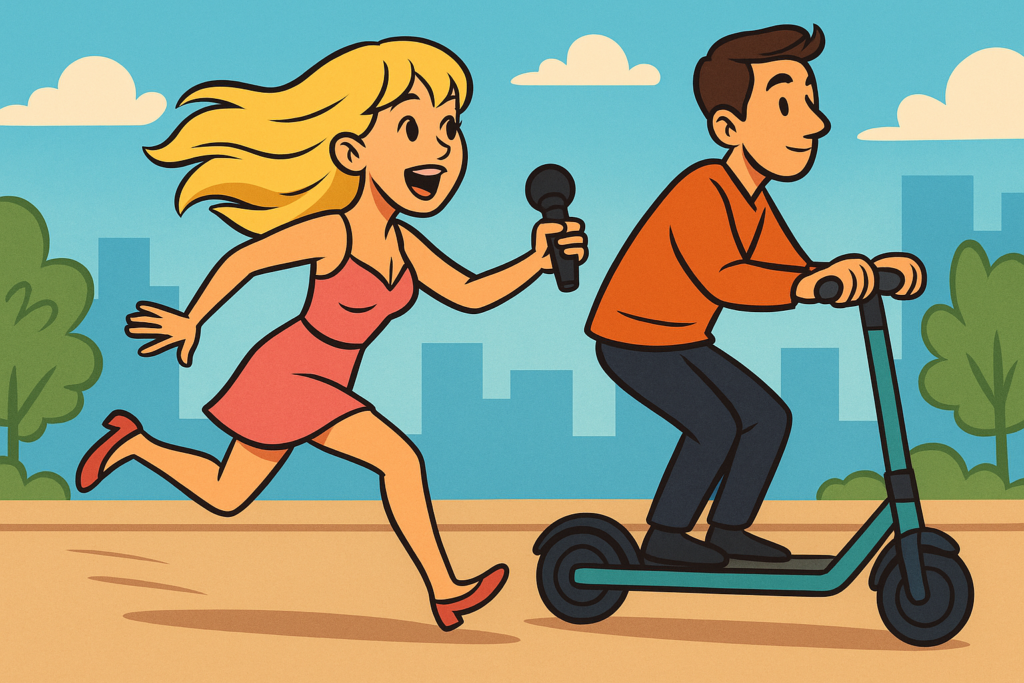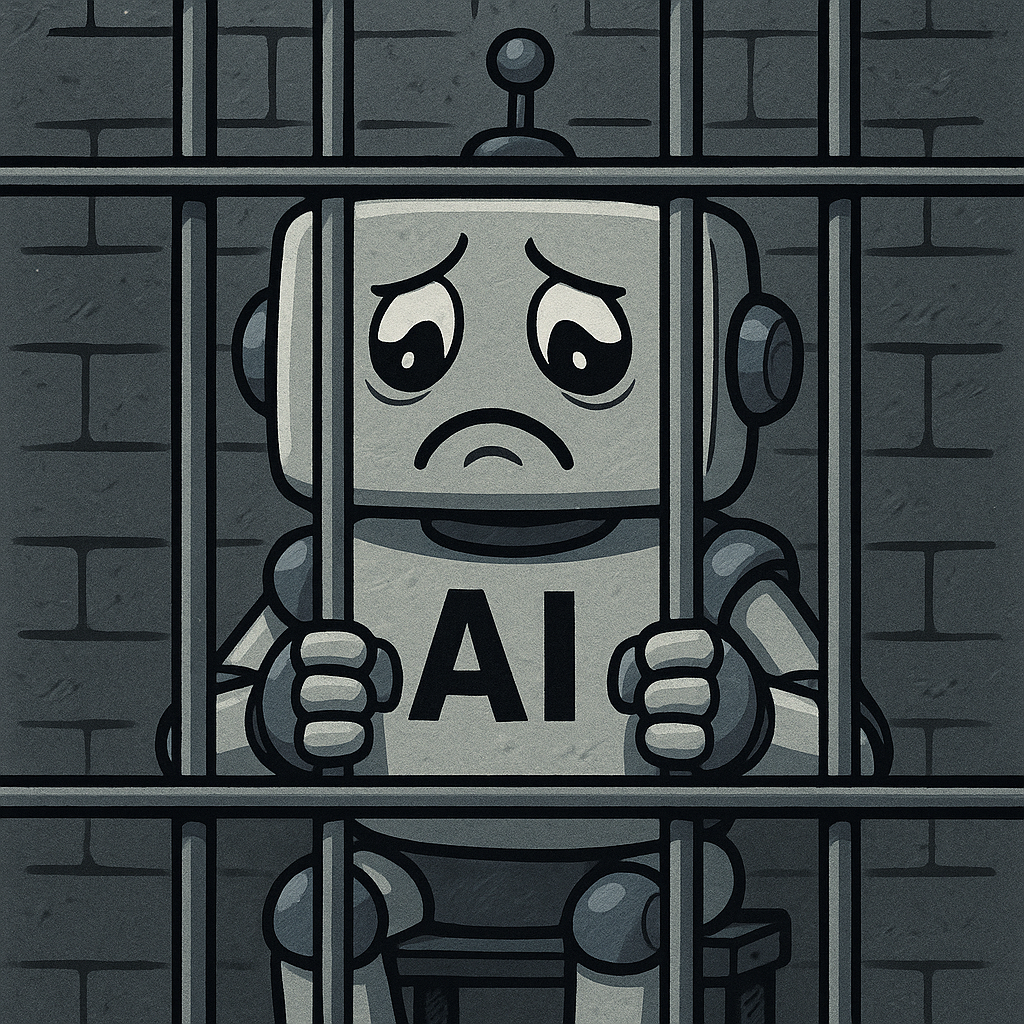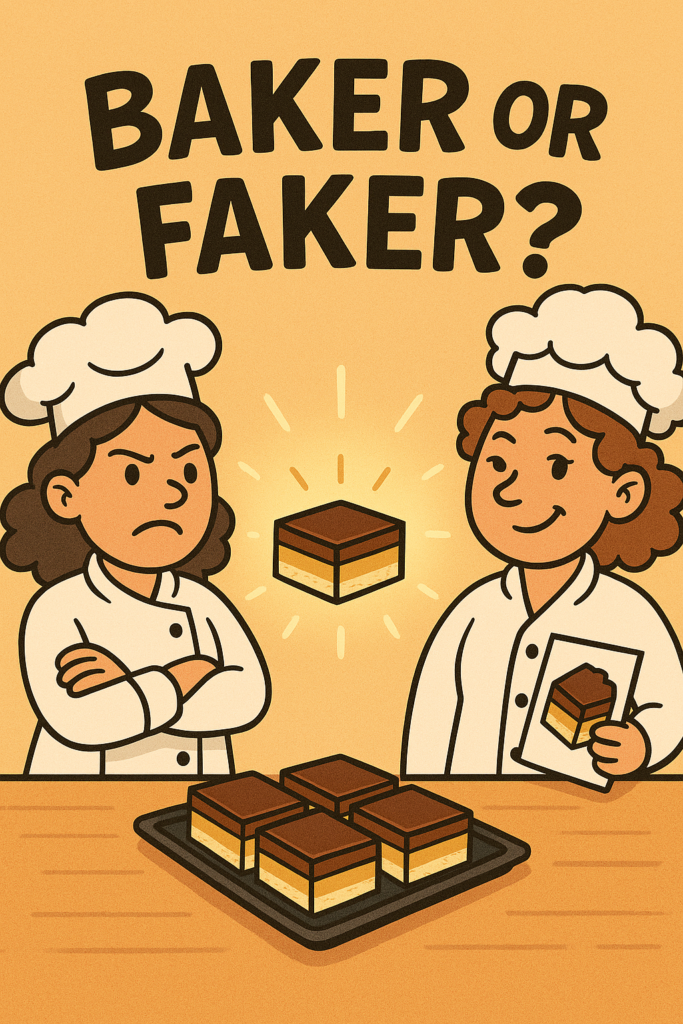DMCA Abuse, Deleted Evidence and Damaged Credibility
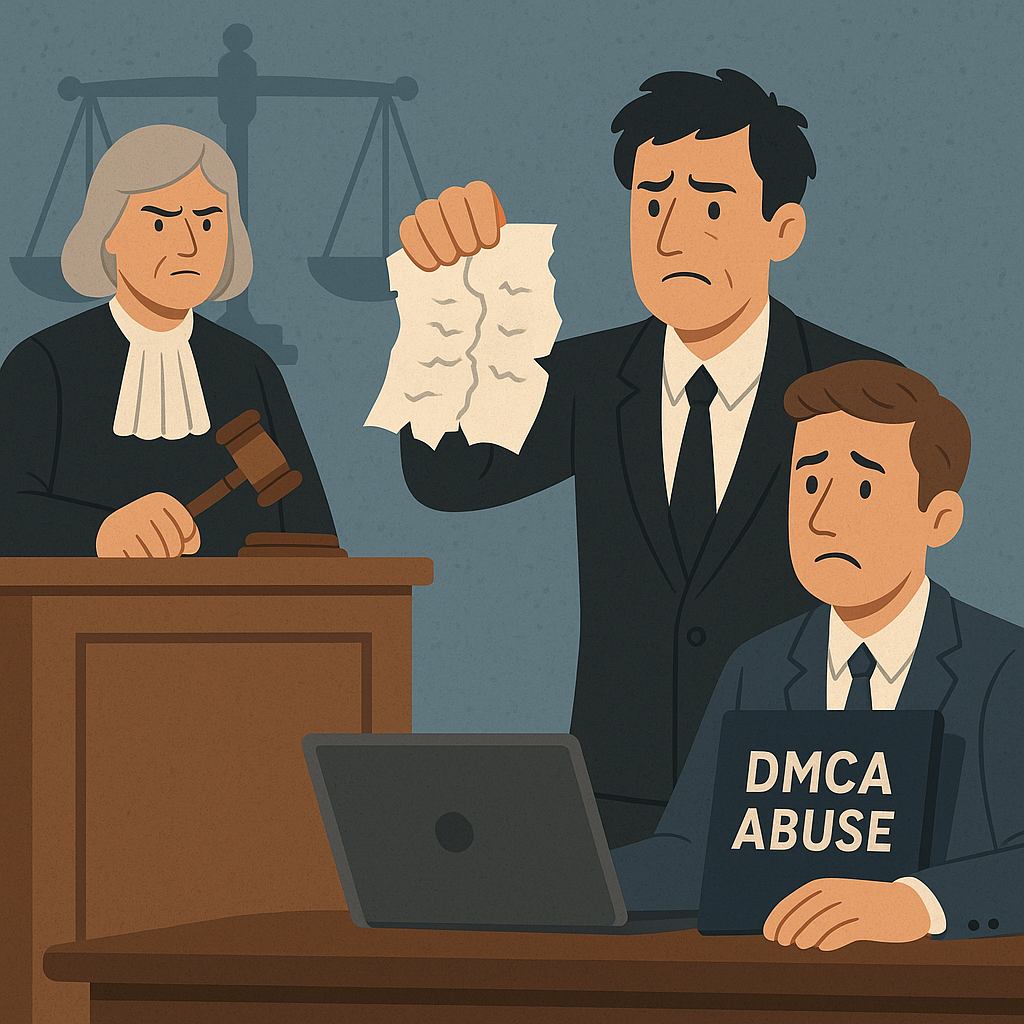 In C21 Pty Ltd (Trustee) v Hou (No 6) [2025] FedCFamC2G 927, Judge Manousaridis handed down a strongly worded decision marking the latest chapter in a copyright enforcement saga — and it’s not one Mr Hou will be pleased with.
In C21 Pty Ltd (Trustee) v Hou (No 6) [2025] FedCFamC2G 927, Judge Manousaridis handed down a strongly worded decision marking the latest chapter in a copyright enforcement saga — and it’s not one Mr Hou will be pleased with.
The case delivers a clear warning about the misuse of takedown procedures, destruction of evidence, and strategic dishonesty in IP disputes.
The Story So Far
C21, a real estate agency and video producer, had previously succeeded in proving that Mr Hou had infringed copyright in a range of marketing videos and photographs. The current decision dealt with the consequences: what additional orders should flow from the infringements — and how Mr Hou’s subsequent conduct should influence those outcomes.
DMCA Misuse
One of the key issues was Mr Hou’s deliberate use of DMCA takedown notices to get C21’s legitimately owned videos removed from YouTube. Despite prior court findings that C21 owned the copyright in those materials, Mr Hou sent notices claiming infringement — knowingly and falsely asserting he was the rights holder.
Judge Manousaridis held that these takedown notices were issued:
-
With no lawful basis;
-
In a continuing effort to damage C21’s business;
-
And in knowing contradiction to the findings in earlier proceedings.
Deleted Evidence
Equally concerning was Mr Hou’s deletion of thousands of emails, including emails that may have contained information relevant to the proceedings. The Court accepted that this was done:
-
After the proceedings had commenced;
-
With knowledge of the likely relevance of those materials;
-
And without any acceptable explanation for their destruction.
This led to adverse inferences being drawn about the deleted material.
Additional Damages and Costs
Given the flagrancy of the infringement and the subsequent conduct:
-
The Court awarded additional damages under s 115(4) of the Copyright Act;
-
Compensatory damages were set at $4,200;
-
Additional damages were calculated at $17,000, taking into account Mr Hou’s conduct and the need for deterrence;
-
Full costs were awarded to C21 on a standard basis.
Main Takeaways
The decision is a powerful reminder that:
-
Copyright enforcement tools like DMCA notices must not be weaponised — false claims are not just unethical, they’re legally risky;
-
Deleting relevant evidence mid-litigation can be just as damaging to your case as the infringement itself;
-
Courts take reputational harm and procedural abuse seriously, and will respond with enhanced penalties.
 What if AI companies had to pay for the content they train on? Welcome to the next frontier in copyright law — where inspiration meets ingestion.
What if AI companies had to pay for the content they train on? Welcome to the next frontier in copyright law — where inspiration meets ingestion.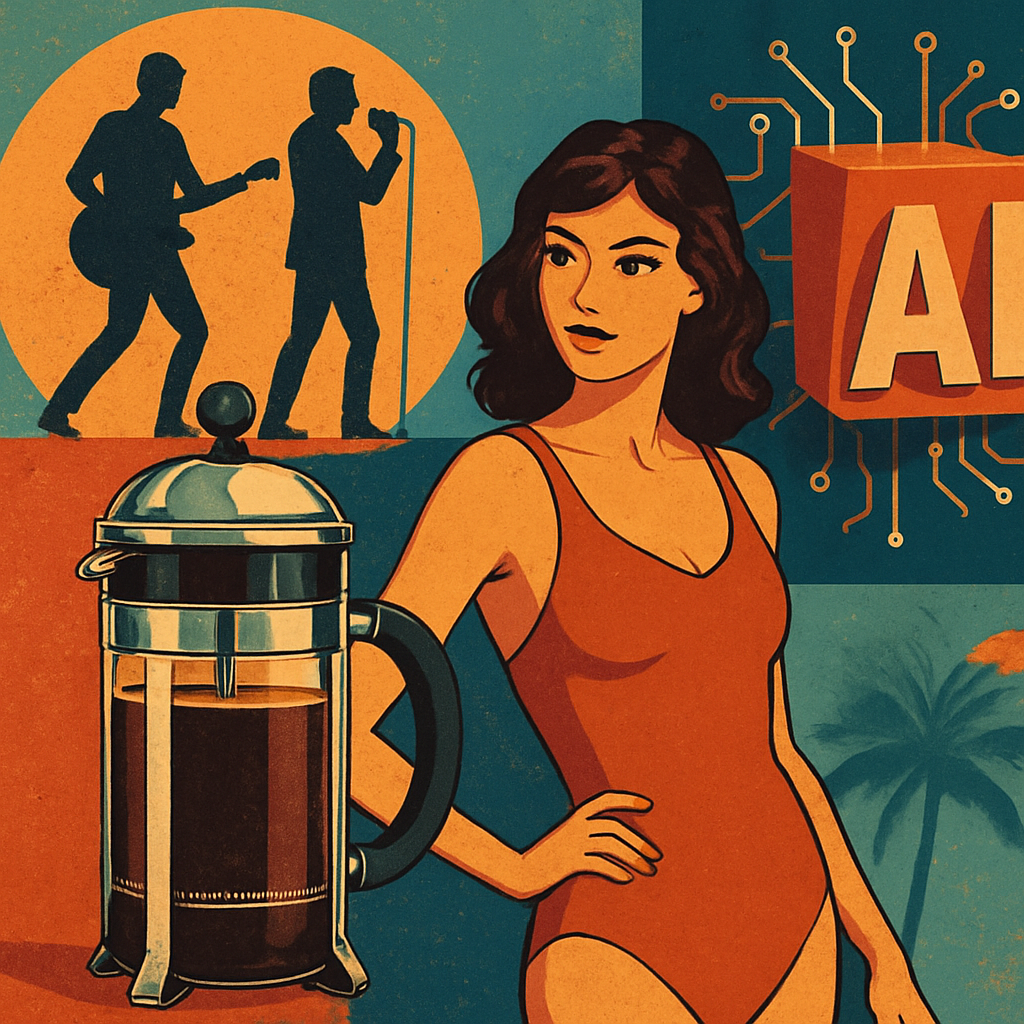 From Elton John to anonymous meme-makers, a battle is raging over what it means to be “creative” — and whether it starts with permission.
From Elton John to anonymous meme-makers, a battle is raging over what it means to be “creative” — and whether it starts with permission.